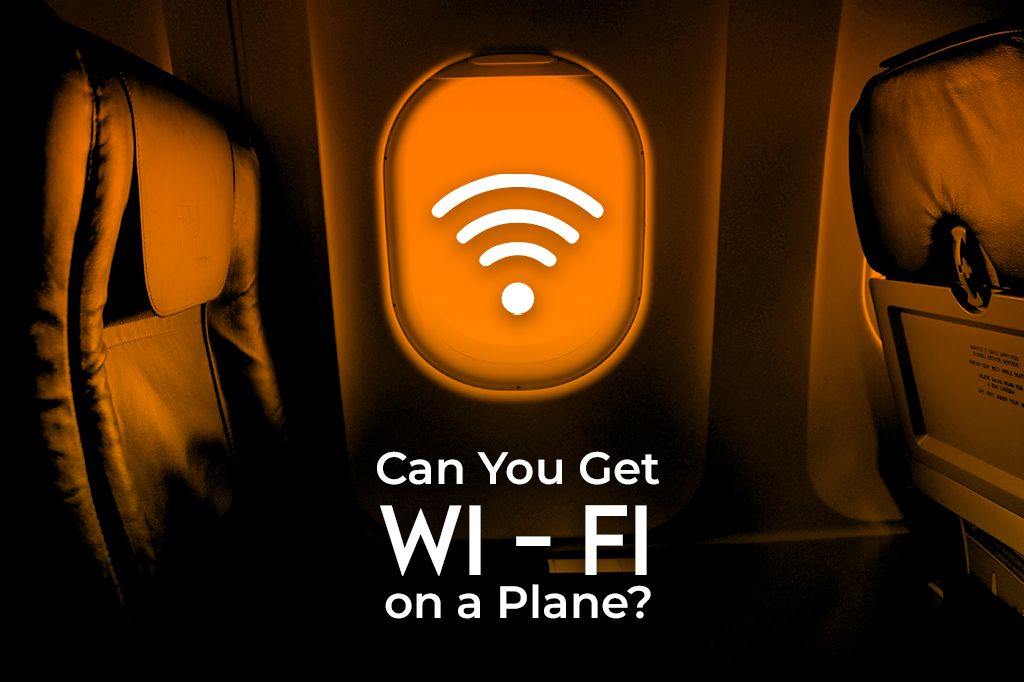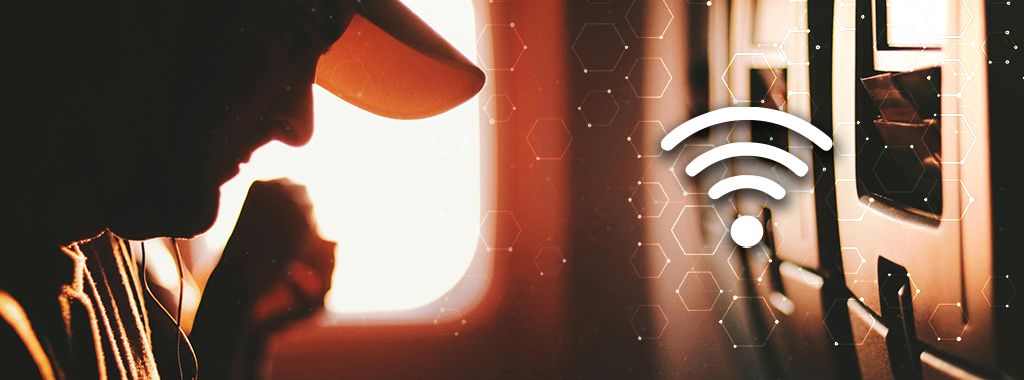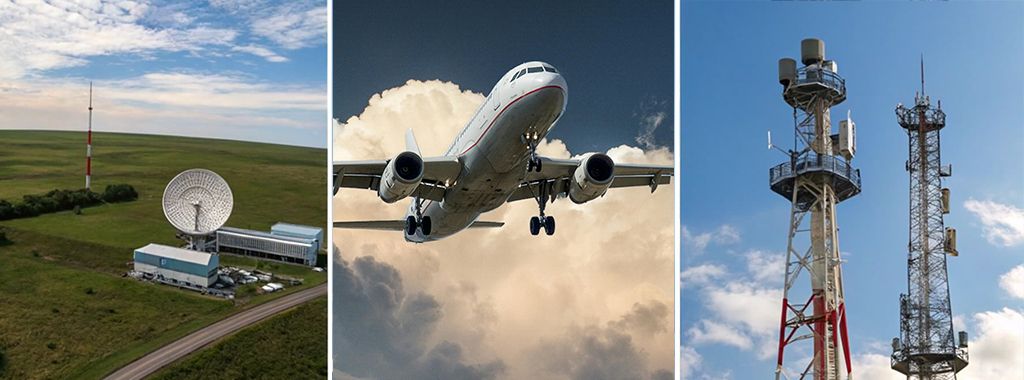Imagine you’re thousands of feet in the air, soaring across the sky, maybe on your way to a fantastic vacation! You might be thinking, Can I get Wi-Fi on a plane? The answer, in most cases, is a resounding YES! But how it works, how much it costs, and how fast it is, varies greatly. It’s not quite as simple as connecting at home.
In this guide, we’ll explore the fascinating world of in-flight Wi-Fi, making it easy to understand even if you’re not a tech expert.

Picture by Rui Chaves on Pexels
The Evolution of In-Flight Wi-Fi
Getting the internet to work on a plane wasn’t easy, and it took a while to get where we are today! Think about it: planes move really fast, are high up, and often travel over vast oceans. Early attempts at in-flight Wi-Fi were slow and unreliable. The first systems, believe it or not, used something similar to a dial-up modem (remember those slow, screeching sounds?). Signals were bounced between the plane and ground stations, a bit like a very long-distance phone call.
It was a huge step forward at the time, allowing basic email and very slow web browsing, but it was expensive and often didn’t work over oceans because there were no ground stations to connect to. Engineers figured out how to use satellites, which orbit the Earth, to relay the internet signal. This was a game-changer! Satellite connections became the key to faster, more reliable in-flight Wi-Fi.
How Airplane Wi-Fi Works
It might seem like magic, but it’s a clever combination of engineering and physics! There are a few different ways planes get Wi-Fi, but they all boil down to connecting the plane to the internet, even while it’s flying hundreds of miles per hour. This connection happens through antennas on the outside of the plane. These antennas are specially designed to be aerodynamic (so they don’t slow the plane down) and to communicate with either ground-based towers or satellites orbiting the Earth.
Think of it like this: Your phone at home connects to your Wi-Fi router. On a plane, your phone connects to a router inside the plane. But that router needs to connect to the internet somehow. That’s where the antennas and either ground stations or satellites come in. Inside the plane, a router, similar to the one you have at home (but much more powerful!), creates a Wi-Fi network that your devices – your phone, tablet, or laptop – can connect to, just like you connect at home or in a coffee shop.
In-Flight Wi-Fi: Availability by Top Airlines Explained
The availability, cost, and speed of Wi-Fi on a plane can be quite different depending on which airline you choose. Here’s a more detailed look at some major airlines:
American Airlines
American Airlines offers Wi-Fi on nearly all of its flights, with prices starting around $10 for a single flight pass. The exact cost can depend on the length of the flight and the specific route – longer flights usually cost a bit more. For frequent flyers, they offer monthly subscription plans starting at $49.95, and annual plans are available for $599. These subscriptions can be a significant saving if you fly with American Airlines regularly, potentially paying for themselves after just a few flights.
United Airlines
United Airlines provides Wi-Fi on a large number of its aircraft, and the pricing is dynamic, meaning it changes based on the flight length, route, and even demand – just like ticket prices! Prices generally start around $8 for shorter flights, but you might see higher prices on longer or more popular routes. Like American, United also has subscription options tailored for those who fly with them frequently.
Emirates
Emirates stands out by offering free basic messaging to all passengers, allowing you to stay in touch with friends and family via apps like WhatsApp, iMessage, and Messenger without having to pay for a full Wi-Fi package. This is a great perk for staying lightly connected. For full internet access, allowing you to browse websites, use social media, and stream, there’s a fee that depends on the duration of your flight – longer flights will have different pricing options.
Singapore Airlines
Singapore Airlines is known for its excellent service, and that extends to its Wi-Fi offering. Passengers in First and Business Class enjoy complimentary Wi-Fi – a great perk for premium travelers! For Economy Class passengers, Wi-Fi is available for purchase, with options for hourly access or data-based plans. This allows you to choose a plan that best suits your needs and budget – if you only need to check your email, an hourly plan might be enough, while a data-based plan might be better for longer browsing sessions.
Lufthansa
Lufthansa offers a tiered Wi-Fi service, meaning you have different options depending on your needs and budget. For short-haul flights within Europe, prices start at around €5, which usually gives you access for the duration of the flight. For longer international flights, they have packages with higher data allowances, starting at around €17 and going up depending on the amount of data you need – these are better if you plan to stream video or do other data-heavy activities.
Qatar Airways
Qatar Airways provides a taste of connectivity with complimentary Wi-Fi for the first hour – a great way to quickly check messages or send a few emails. If you need to stay connected longer, you can purchase additional access for a fee. The exact pricing and options will be presented to you during the flight, usually through the in-flight entertainment system.
Air Canada
Air Canada offers Wi-Fi on the majority of its flights, both within North America and on international routes. A single flight pass starts at around CAD 8.95, but prices can vary depending on the flight’s length and destination. They use both air-to-ground and satellite technology, depending on the aircraft and the route – some planes might have one system, while others might have a hybrid system.
Types of In-Flight Wi-Fi
There are a few different ways planes connect to the internet, and each has its own pros and cons. Let’s break them down in more detail:
Air-to-Ground (ATG)
How It Works: Imagine your phone connecting to cell towers, but instead of your phone, it’s the plane, flying high above. The plane has special antennas on its belly that connect to specially designed cell towers on the ground. These towers are spaced out across the country to provide coverage.
- Pros: It’s generally reliable when flying over land with lots of cell towers, providing a reasonably stable connection. It’s also usually cheaper for the airlines to operate, which can sometimes mean lower prices for passengers.
- Cons: It doesn’t work well over oceans or in very remote areas with no cell towers – you’ll lose connection in these areas. The connection can also be slower than other options, especially if many people on the plane are using it at the same time.
Airlines using ATG: Southwest Airlines, Alaska Airlines.
Satellite-Based Wi-Fi (Ku-band and Ka-band)
a. Ku-Band Satellite Wi-Fi
How It Works: The plane connects to satellites that are orbiting the Earth, thousands of miles up in space! These satellites are in a “geostationary” orbit, meaning they stay in the same spot relative to the Earth, so the plane’s antenna can always “see” them.
- Pros: This works almost everywhere, including over oceans and remote areas, providing much wider coverage than ATG. This is essential for long-haul international flights.
- Cons: It can be slower than Ka-band (which we’ll explain next) because it uses a lower frequency, which means it has less bandwidth (think of it like a smaller pipe for the data to flow through). It can also be affected by weather, although this is becoming less of an issue.
Airlines Using Ku-Band: Lufthansa, Emirates, Delta.
b. Ka-Band Satellite Wi-Fi
How It Works: Similar to Ku-band, but it uses higher-frequency satellites. Think of it like having a wider pipe for the internet data to flow through – more data can travel at once, resulting in faster speeds.
- Pros: Faster speeds! Better for streaming videos, browsing image-heavy websites, and doing things that need a fast connection. It generally provides a more responsive Internet experience.
- Cons: There aren’t as many Ka-band satellites yet, so coverage isn’t quite as wide as Ku-band, although this is rapidly improving. It’s also more expensive for airlines to operate, which can sometimes translate to higher prices for passengers.
Airlines Using Ka-Band: Qatar Airways, JetBlue, American Airlines.
Hybrid Systems
How It Works: This is the best of both worlds, combining the advantages of ATG and satellite! The plane uses both ATG and satellite connections, and sophisticated software automatically switches to whichever one is best, depending on where the plane is and the quality of the signal.
- Pros: Provides the most reliable and often the fastest connection, as it can leverage the strengths of both systems. If you’re over land with good ATG coverage, it’ll use that; if you’re over the ocean, it’ll switch to satellite.
- Cons: It’s more complicated to set up and more expensive to install, requiring both ATG and satellite antennas and the software to manage them.
Airlines Using Hybrid Systems: United Airlines, Singapore Airlines.
Is Wi-Fi on a Plane Fast or Flaky? The Truth About In-Flight Wi-Fi Speeds
Wi-Fi speed on a plane depends on several factors: the type of connection the plane is using (ATG, Ku-band, or Ka-band), how many people on the plane are using it at the same time, and even the weather. ATG is generally the slowest, offering speeds similar to older home internet connections. Ku-band is faster than ATG but can still be slow for streaming high-definition video. Ka-band is the fastest, often providing speeds comparable to a good home broadband connection.
Think of it as sharing your home Wi-Fi with lots of people – the more people streaming videos or downloading files, the slower it gets for everyone.

Picture by Alexander Isreb on Pexels
Why Satellite Wi-Fi Costs More
Satellite Wi-Fi is generally more expensive than ATG because it’s much more complicated and uses more expensive equipment, both on the ground and in space. Launching and maintaining satellites is a huge undertaking, costing millions of dollars! The satellites themselves are incredibly sophisticated pieces of technology. Also, the bandwidth (the amount of data that can be sent) on satellites is a limited resource, and that cost gets passed on to the airlines and, ultimately, to you, the passenger.
Is Airplane Mode Really Necessary?
Yes, airplane mode is still important, even with in-flight Wi-Fi! While you can (and usually should) use Wi-Fi while your phone is in airplane mode, turning on airplane mode disables your phone’s cellular connection (the ability to connect to cell towers on the ground). This is crucial because your phone constantly searching for a cell signal can interfere with the plane’s sensitive communication and navigation systems.
Stay Connected After Landing
Wi-Fi on a plane keeps you connected in the air, but what happens when you land? You don’t want to be stuck without internet, and you definitely don’t want to rack up huge roaming charges from your regular phone provider!
That’s where a service like Yoho Mobile comes in. It provides eSIMs—digital SIM cards you can easily download to your phone, ensuring you stay seamlessly connected no matter where your travels take you
Pro Tip: Stay connected while you travel—try Yoho Mobile’s free eSIM trial and get instant access to mobile data in over most countries. No SIM card, no contracts—just a quick setup and you’re online in minutes. If you want to get your eSIM plan afterwards, use the code YOHO12 at checkout for a 12% discount!



